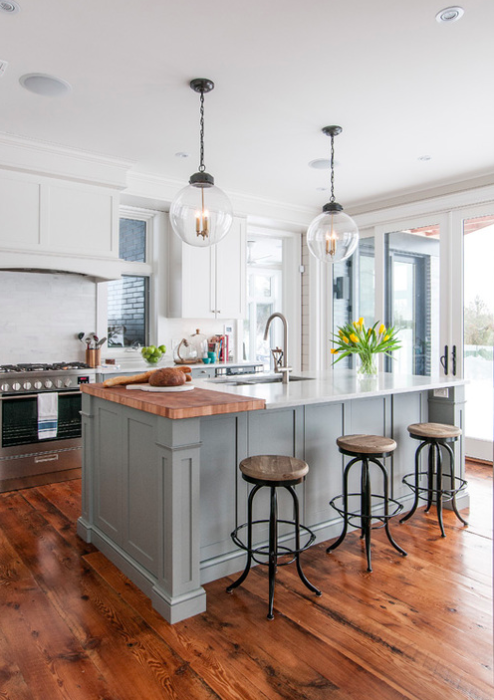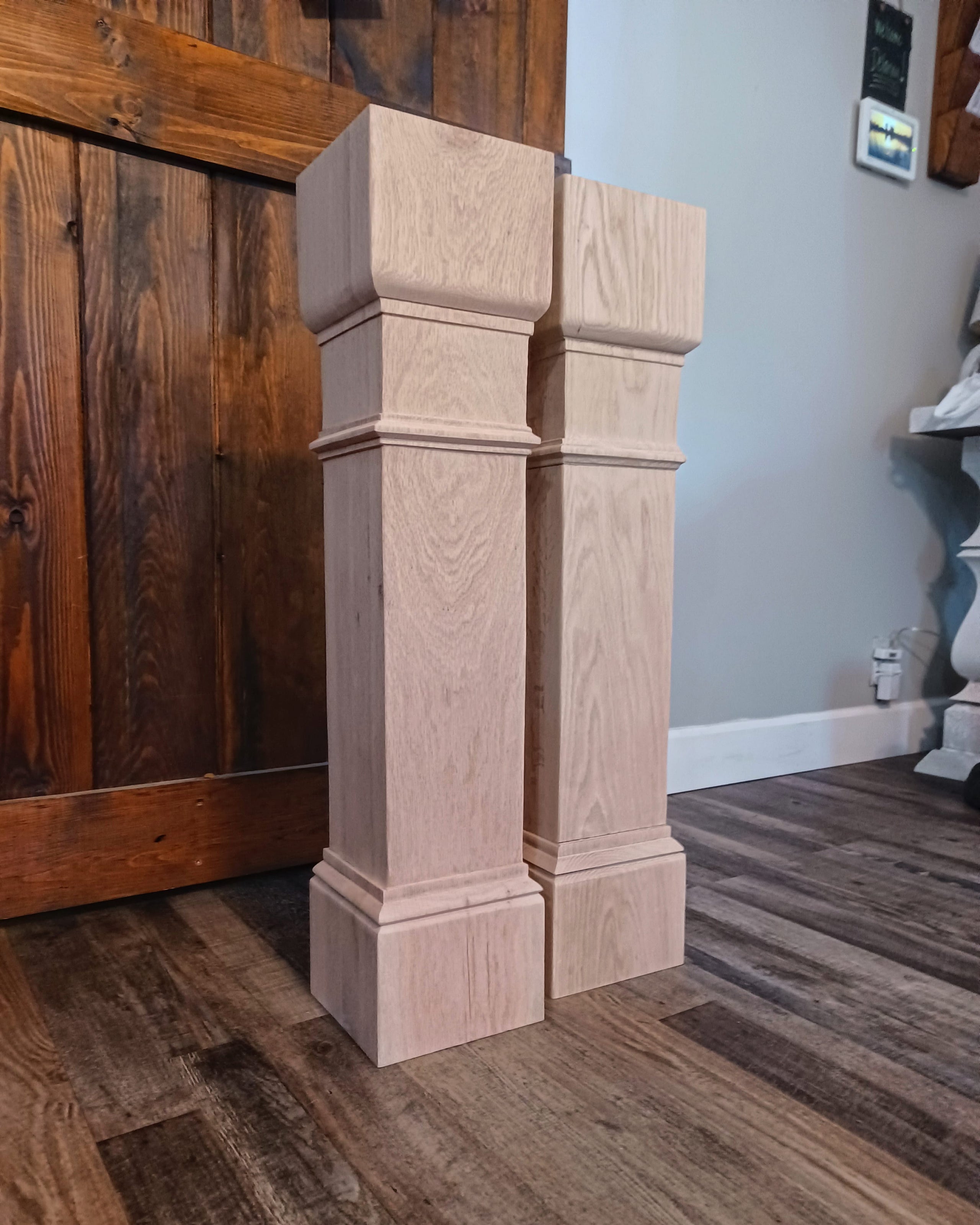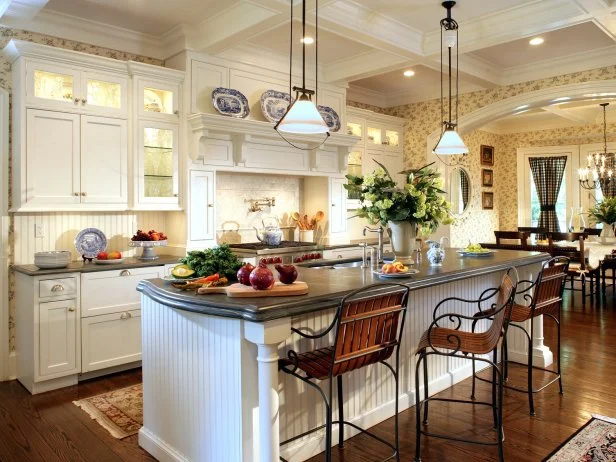Add Stability and Elegance with Sturdy Legs For Kitchen Island Setups
Add Stability and Elegance with Sturdy Legs For Kitchen Island Setups
Blog Article
Crucial Variables to Take Into Consideration When Picking Legs For Kitchen Area Island
Choosing the appropriate legs for a cooking area island involves a mindful assessment of several factors that can substantially influence both performance and visual appeal. As we discover these elements, it ends up being clear that each choice can have far-reaching effects for the overall kitchen area experience.
Product Options
When selecting legs for a kitchen area island, recognizing the various material alternatives is essential for accomplishing both visual appeal and structural stability (Legs For Kitchen Island). The selection of material considerably affects not just the sturdiness of the island yet also its overall style and capability
Timber is a popular option, using heat and convenience. Solid hardwoods, such as oak or maple, offer stamina and can be tarnished or repainted to match the cooking area decor. Metal legs, typically made from stainless-steel or functioned iron, add a modern-day and industrial feeling while making certain sturdiness and security. These products are immune to use and can support significant weight, making them optimal for larger islands.
One more choice is engineered products, like MDF or plywood, which can be extra cost-efficient while still supplying a variety of surfaces. They may not offer the exact same degree of security as solid wood or steel. Legs For Kitchen Island. Last but not least, products such as acrylic or glass can create a contemporary appearance, though they may call for added support to make certain stability.
Eventually, the selection of product for kitchen area island legs should straighten with the preferred functionality and the general theme of the cooking area.
Design and Design

When taking into consideration design, the form and coating of the legs are essential. Conical legs can give a feeling of agility and beauty, while thicker, a lot more durable legs can communicate stamina and security. Furthermore, the surface-- be it painted, discolored, or natural-- ought to complement the cabinetry and countertop products to develop a unified appearance.
Additionally, the style of the legs can likewise reflect personal preference. Personalized or attractive legs, such as those including complex carvings or distinct geometric shapes, can offer as focal factors, adding character and personality to the cooking area. Eventually, the ideal choice will not just improve functionality but additionally raise the aesthetic allure, making the kitchen area island a standout function of the home.
Height Factors To Consider
Selecting the appropriate elevation for cooking area island legs is important, as it straight affects both capability and convenience. The standard elevation for a cooking area island usually varies from 36 to 42 inches, aligning with typical kitchen counter heights.

It is additionally necessary to represent users' preferences and elevations. Personalizing the height can pop over to this web-site make certain a comfortable experience for all member of the family, making the kitchen island an extra satisfying and practical space.
Weight Assistance
Guaranteeing adequate weight assistance for kitchen island legs is essential for both security and capability. The kitchen area island often offers multiple functions, consisting of cooking, eating, and extra storage space, necessitating a durable support structure. When picking legs, it is important to consider the general weight ability required based upon the island's planned use and the products that will be put on it.
The selection of material for the legs plays a considerable duty in their weight-bearing capabilities. Strong timber, metal, and durable compounds generally offer premium strength compared to lighter products. In addition, the design of the legs-- whether they are directly, tapered, or have a pedestal kind-- can influence their ability to distribute weight properly throughout the framework.
Constantly seek advice from the supplier's requirements regarding tons limitations to make sure that the legs can sustain the intended weight without compromising safety. In summary, picking cooking area island legs with appropriate weight support is vital for producing a useful and secure cooking area.
Installation and Upkeep
Correct setup and maintenance of kitchen island legs are critical for making certain durability and stability. To start, it is crucial to adhere to the producer's guidelines throughout setup. This frequently involves safeguarding the legs to the island base using proper fasteners, ensuring that the legs are degree and aligned. Making use of a degree tool can assist avoid tottering and improve the overall visual appeal of the cooking area island.
Once installed, normal maintenance this page is necessary to you can try these out protect the stability and appearance of the legs - Legs For Kitchen Island. For wooden legs, regular cleansing with a wet cloth and application of appropriate timber gloss can prevent moisture damages and preserve their surface. Steel legs might call for a mild cleansing remedy to eliminate grease and gunk, complied with by a dry cloth to stop rust formation
Additionally, check the legs regularly for indications of wear or damages, such as cracks or loose joints. Tightening screws or bolts as needed can likewise extend the life expectancy of the legs. By sticking to these installment and upkeep techniques, home owners can ensure that their kitchen island remains sturdy and visually appealing for years to come.
Conclusion

Aesthetic coherence is vital in picking the style and design of legs for a kitchen area island, as these components substantially influence the overall atmosphere of the area. Conical legs can give a feeling of lightness and elegance, while thicker, much more robust legs can communicate stamina and security.Picking the ideal elevation for kitchen island legs is essential, as it directly impacts both performance and comfort. In summary, selecting kitchen island legs with sufficient weight support is vital for producing a risk-free and practical culinary area.
In conclusion, selecting legs for a kitchen island necessitates careful factor to consider of numerous variables, consisting of material choices, style, elevation, weight assistance, and setup.
Report this page